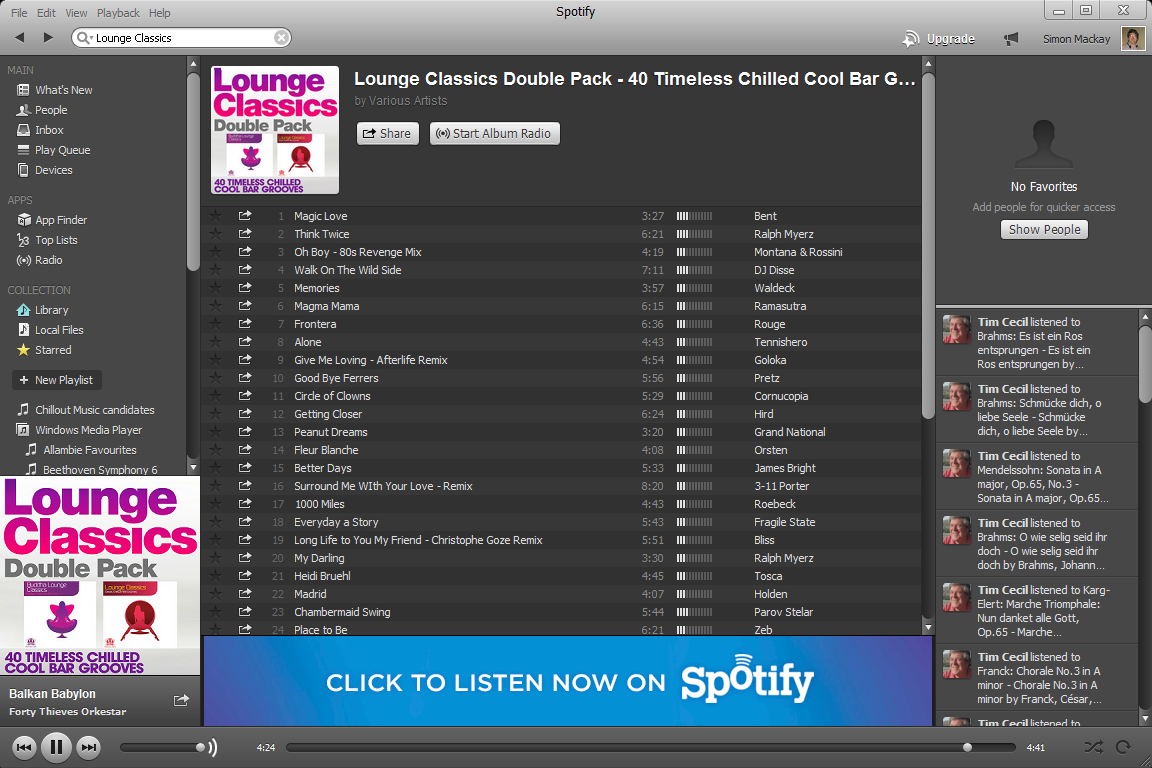Multiple connected-infotainment platforms
Apple, Microsoft and Google have now provided their own connected-infotainment platforms such as the CarPlay and Microsoft’s Cortana. At the moment, they are placing efforts on vehicle builders or afttermarket-infotainment manufacturers to run with their own platform on an exclusive basis, whether for a particular vehicle or unit model, a range of (usually premium) models or across the range.
Typically, you would have the infotainment system able to work on its own native look or a user might press a button to bring up the platform’s user interface on the dashboard when a mobile phone that works to the partner operating system is connected.
Applications that we are seeing are always-updated maps for navigation, access to online multimedia services like Spotify or Internet radio, reporting of various statistics for diagnostics and related purposes, along with general communications and entertainment needs. It could even include a Shazam setup that works with the regular car radio to identify a song you just heard.
Catering to multiple platforms
It may be easy for premium marques like Land Rover or Ferrari and top-shelf car audio names like Alpine to work exclusively with the Apple CarPlay platform because their market base would be preferring an all-Apple computing environment as what “young rich cool kids” value.
But there is a reality where Google and Microsoft can front up with appealing yet cool in-vehicle computing platforms that work well with the Android and Windows Phone platforms which have yielded smartphones with the same street chic as the iPhone. As well, the same vehicle could be sold to and driven by a person who may own an iPhone, an Android phone or a Windows Phone 8.1 device.
What I see easily happening is that when a person orders a new vehicle, they may be required to specify what automotive-computing platform they want to run with. If you upgrade your phone to a different mobile platform, you may have to take your vehicle to the dealership to have the infotainment platform switched over to the one you are currently using on your phone.
In some cases, the driver may have to press a button similar to the “CarPlay” button on CarPlay-equipped infotainment setups to cause the system to detect which phone is connected and load the appropriate infotainment platform.
Aftermarket support
An issue that is worth raising is whether the names associated with the aftermarket car-infotainment scene will join in the party and a few like Alpine and Pioneer have. This is to satisfy situations where one may want to improve the infotainment offering that their older car has and is something that some markets like Australia will face as they have very old market-wide car fleets.
These solutions would appear in the form of a 2-DIN head unit with an integrated screen, or a single-DIN-size head unit that uses a fold-out touchscreen or communicates with an outboard touchscreen not dissimilar to a portable navigation device.
Advertising in the connected car
Another key issue that will face the connected car is in-car advertising. This is often raised as a distraction or, at worst, allowing for capitalism and consumerism to invade our lives everywhere we go.
But this has been accepted all along with radio advertising, display advertisements placed on maps and in street directories along with outdoor advertising like billboards. As well, most mobile-map platforms implement a “search for nearest” function so you can locate the nearest petrol station, take-out food outlet or restaurant.
The controversies that will come about will concern use of collecting aggregated vehicle-location data or implementation of gamification strategies for the advertisers’ benefits. Here, it could lead to advertisers implementing targeted campaigns or, in the case of controversial business types like fast-food outlets, the targeting of prospective business-premises locations.
Personally, I would see this manifest more as display ads on an app’s user interface or interactive business logos appearing on the on-screen maps relevant to where the businesses are located. These would also support “touch-to-book” or “touch-to-find-out-more” functionality. Similarly, companies could implement in-vehicle apps that work in a similar vein to the mobile apps – providing “loyal-customer” functionality, nearest venue location, menu display / selection functionality amongst other functions.
Conclusion
What I see as coming about is that the connected car is being a setup driven by mobile-computing platforms with their third-party apps and functions. It would require the implementation of multiple platforms for the one vehicle or aftermarket device to cater for multiple smartphone platforms and would face the controversial issue of advertising.


